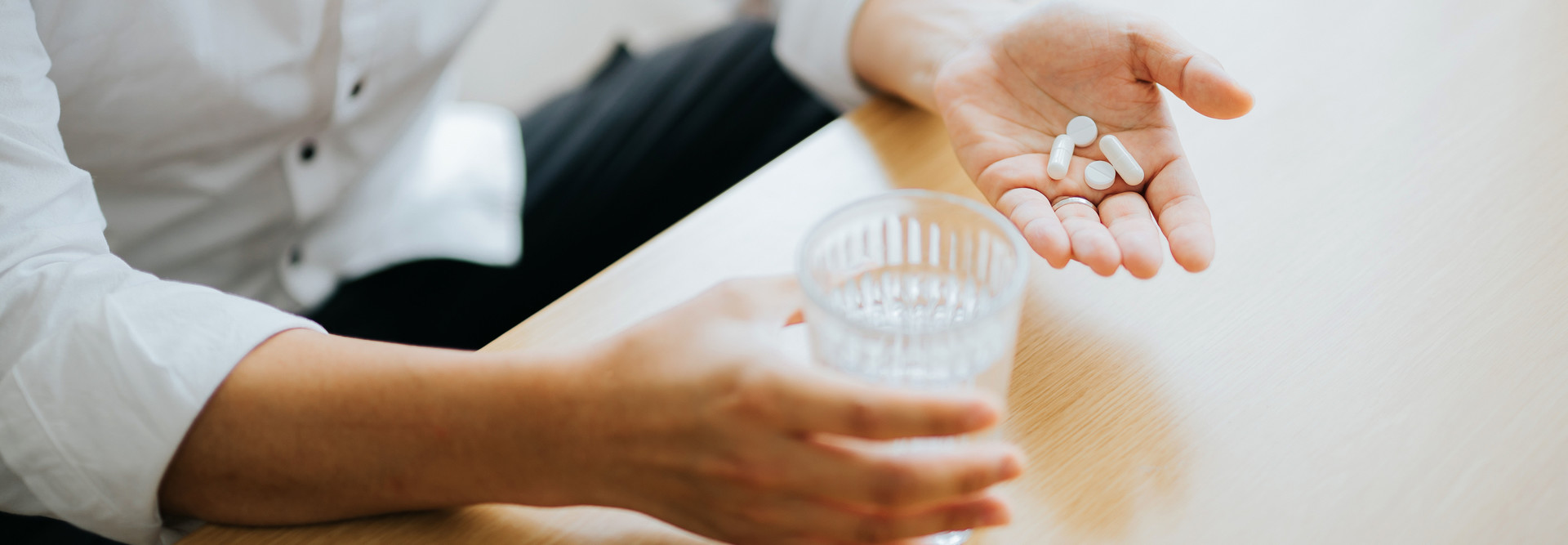Drones May Have a Role in Healthcare After All
Although today’s drones don’t have the capability of administering CPR for a cardiac arrest victim, Jessica Zegre-Hemsey shared that they still might be able to increase the victim's chances of survival.
In her presentation on Monday, Zegre-Hemsey, an assistant professor at the UNC School of Nursing, explained that the school has been exploring the use of drones in healthcare as delivery vehicles for automated external defibrillators (AEDs).
In the event of cardiac arrest, when every minute matters, these devices — which are rarely available outside of a healthcare setting — can be lifesaving, especially considering that 70 percent of attacks occur in homes or residential areas.
In the study, researchers used a manikin to simulate a cardiac arrest setting. From the 64 participants, two at a time would be randomly selected to find and deliver an AED — one by foot, the other by drone.
Although some participants initially raised concerns — including not knowing when the drone would arrive (suggesting it would help to add an audio cue) or how to release the AED from the drone itself — the study found that the majority of participants had a positive experience working with a drone, highlighting their ability to stay with the victim and continue CPR as their top reason.
“People don’t want to leave the victim,” Zegre-Hemsey said. “There’s a sense of relief” of being able to stay with the patient, even though it was a manikin.
The drone used in this study was provided by North Carolina State University. It weighed roughly 25 pounds and costs a few thousand dollars. While Zegre-Hemsey acknowledged this would not be a practical option in a real-life setting, she pointed out that almost any drone would suffice for this initiative. Ultimately, she believes that people being comfortable with the concept is an important step toward making it a reality.
MORE FROM AHA19: Discover the clinical and operational benefits of EHRs.
A Little Nudge Can Go a Long Way
Heart medication only works if patients take it, but according to Denver Health’s Phat Luong, up to 50 percent don’t — at least not always, and not on time.
However, Luong suggested a possible solution to the problem: nudges.
To identify whether nudges via text message could help patients remember to take their medication, 344 patients with hypertension and diabetes from the U.S. Department of Veterans Affairs and Denver Health and Hospital Authority were enrolled in a pilot of the Nudge messaging system. Patients were randomized into separate notification groups once they encountered a seven-day gap between medication refills.
Each group in the study would receive a different notification type, with some receiving none. If the patient refilled their medication, they would automatically stop receiving messages.
The Nudge Study found that 209 patients — just over 60 percent — had a gap of more than seven days in medication refills; however, only four of the 209 individuals asked that they stop receiving messages, demonstrating that the system was effective for users. Researchers also found that patients would occasionally engage the system, asking specific questions such as, “Which medications am I late on?”
Luong said the organization landed on text messaging for Nudge both because of the ubiquity of cellphones and because sending a text is cheaper than developing and implementing an app (patients without cellphones were contacted by an interactive voice message system).
“We combined this idea of a nudge with modern-day cellphones to text patients to remind them to take their mediations,” he said.
During the successful pilot phase, patients were only monitored for about a month. The organization is now working on another study to monitor patients for up to two years with the hope of even more impactful results.










